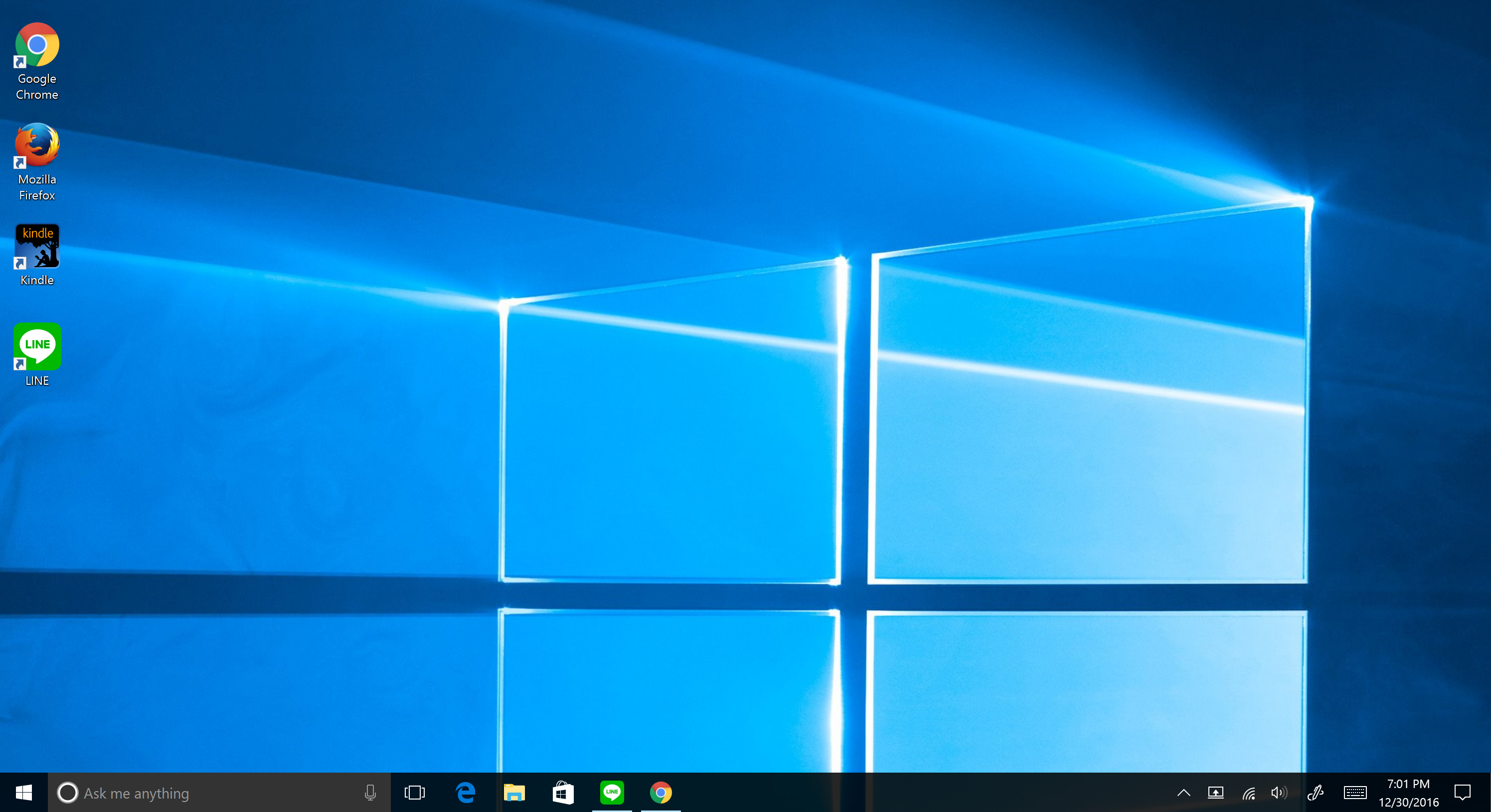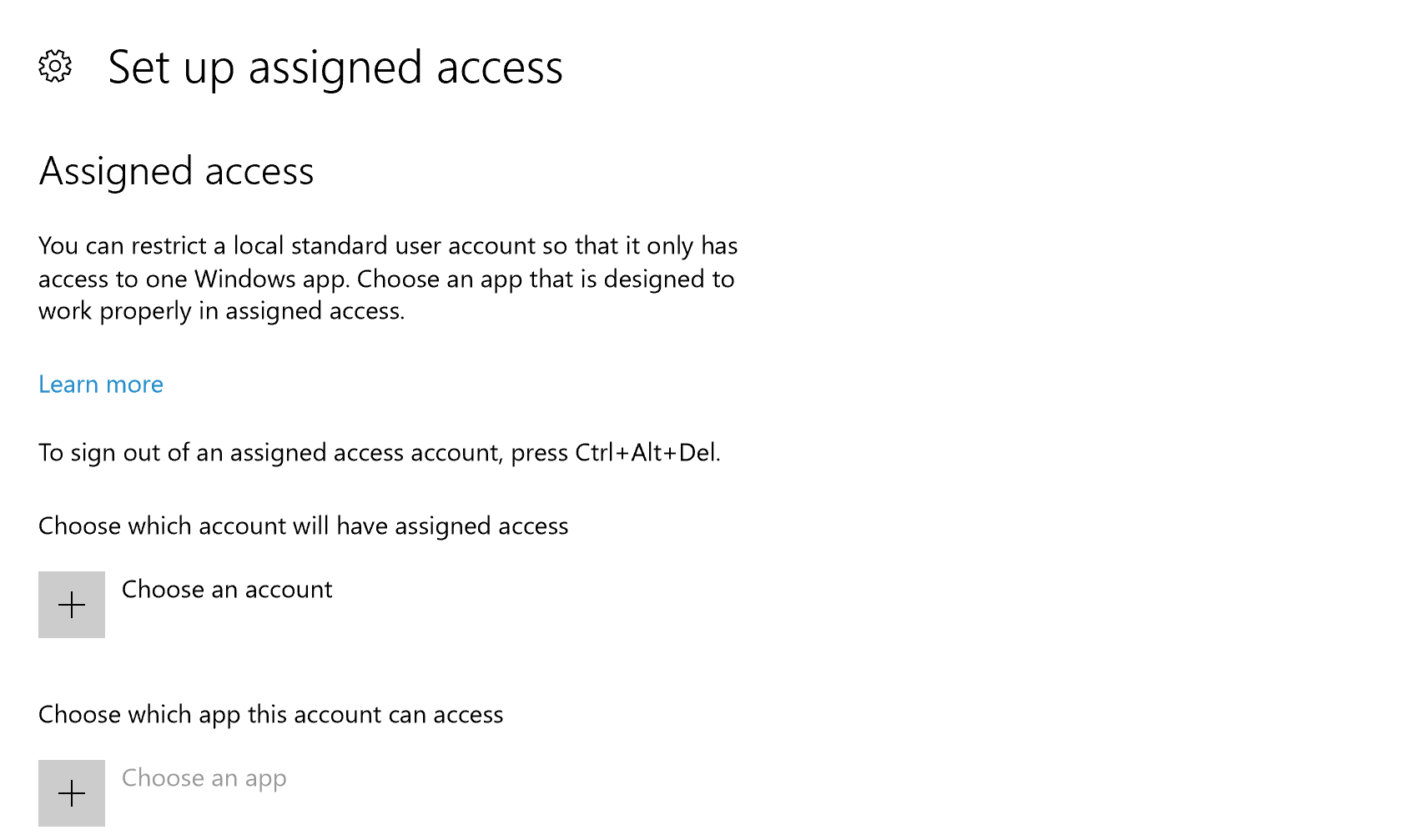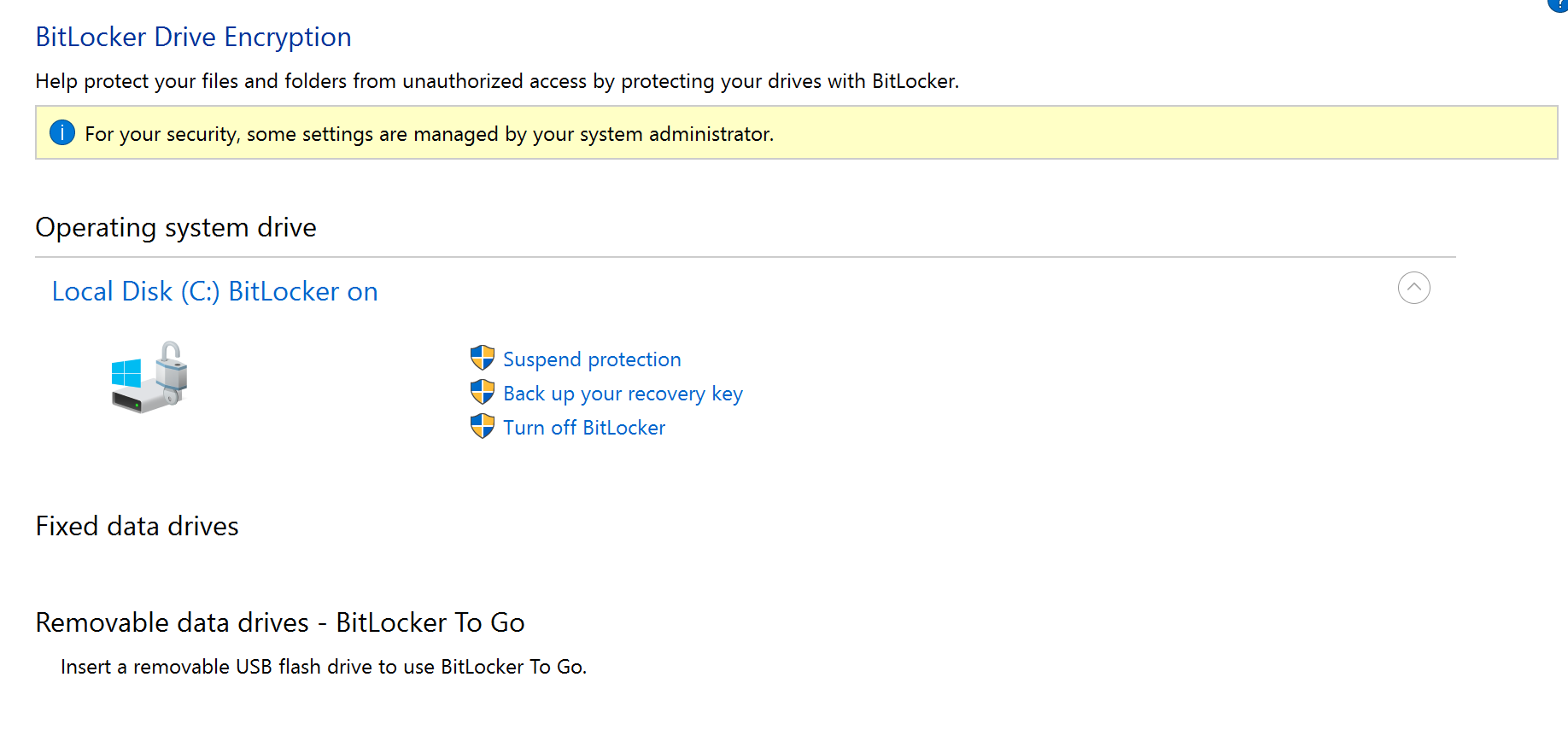Last Updated on December 26, 2022 by Mathew Diekhake
There are two main versions of the Windows 10 operating system that people use: the Windows 10 Home and the Windows 10 Professional. The Home version gives you everything you need for home computing while the pro version is best suited for businesses.
If you are buying a new Windows PC from the store or online, then that computer is likely going to come with the Windows 10 Home. If you are buying a computer that is expensive and more toward the top of the range and something that you would expect to find in a upper-middle-class home such as the Microsoft Surface Book, then the Windows 10 Professional version will be installed.
If you buy a new computer that has Windows 10 Home installed, you can still swap it over for the Pro version if you pay for it—which is usually about $99 for the upgrade.
If you aren’t buying a new computer and are upgrading to the free upgrade and are already operating on the Pro version of the Windows 7 or Windows 8.1 operating system versions, then you automatically get upgraded to the Pro version of the Windows 10 for free. Likewise, if you are running the Home version of Windows 7 or 8.1 and are upgrading, you get the free upgrade to the Home version.
There may well come a time when you are shopping for a new computer and wondering whether it is worth getting one that comes with Windows 10 Professional or shop for one of the computers that comes with Windows 10 Home because perhaps it can save you money doing it that way as a pose to paying the $99 for the upgrade to the Windows 10 Pro version at a later date when you realize that’s the Windows version you want.
Alternatively, you might just be wondering if you should make the switch for the Windows 10 Home version that you are already running. The following article runs through most of the changes between Windows 10 Home and Windows 10 Pro, so you can make your decision.
The way I always tell people to look at it is the Pro version comes with the same features as the Home version but then unlocks many others. So the base of the two operating systems are identical, but the Pro version then gives you more features on top of the Home version. That’s also why you are paying the additional $99 (to unlock those extra features.) What’s more, if you are already running on the Home version, you can pay the $99 and get the upgrade without having to go through a complete reinstallation.
Assigned Access 8.1
You might know Assigned Access as Kiosk Mode instead. The Kiosk Mode allows people to lock the Windows PC to an account using one application. In others, it allows you to create a unique account, and that new account is locked to the use of one app of your choice. Assigned Access is a popular feature for people who are configuring Windows and have no other reasons to be using it. The feature is only available in Windows 8.1 and Windows 10 operating systems that are the Pro and educational versions. You don’t find this feature available from the Windows 8.1 or Windows 10 Home versions.
Remote Desktop
The Home version of Windows 10 comes with the Remote Desktop feature that lets you connect to another computer remotely. The Pro version then allows you to host a remote desktop server. If connecting to another computer remotely is your only reason for wanting to use Windows 10 Pro, you shouldn’t bother with the upgrade because there are many other solutions out there for you to use instead. The TeamViewer remote desktop connection service is one that I always use with my friends and takes much of the hassle out of settings up the connection that you need to endure if you are using the built-in Windows feature.
Hyper-V
If you wanted to run a virtual server so you could test out other operating systems directly from Windows on your desktop, then you need to have the Windows 10 Pro operating system. The reason being is because of Hyper-V—the name Microsoft has given to their built-in virtual machine solution. Sometimes people have reasons for wanting to run a version of Mac or Linux on their Windows computers, and the Hyper-V feature is what allows that to happen.
Enterprise Data Protection
There is a new data protection feature that businesses can use with Windows 10 called “Enterprise Data Protection.” The new feature makes it possible to label Universal applications for data protection and gives users the chance of separating personal and corporate data.
Enterprise Mode in Internet Explorer 11
The Enterprise Mode allows your Internet Explorer 11 to act more like Internet Explorer 8 and helps for older websites or using the backend of websites for businesses. That doesn’t mean all backend of websites for businesses. It’s more just if you already know your website is older and benefits from the Enterprise Mode. Most people who run Windows 10 are using the Microsoft Edge browser and not the Internet Explorer 11 even though the IE 11 is available to run. That is because Microsoft has made the Edge browser incredibly easy to find and the Internet Explorer 11 extremely difficult to locate. Anyhow, the fact that hardly anybody uses Internet Explorer anymore makes this one of the least favorite features and reasons to install the Windows 10 Pro version on the computer.
BitLocker
BitLocker is the name for Microsoft’s most heavy duty data encryption software. It works for encrypting internet drivers and external USB Drives. Just about every professional in the know is projecting that encryption remains the way of the future for security and just about everything will soon be encrypted, including the web pages that you browse online. Encryption technology even has the likes of Edward Snowden telling the world it’s the logical solution and next step. If you want to use BitLocker for Windows 10, you’ll need to have the Windows 10 Pro version of the operating system for encrypting your USB drivers and internal drives.
Those are all of the main differences with what you get when upgrading from the Windows 10 Home version of the operating system to the Windows 10 Pro version.
You might also be interested in:
- How to Hide the Files and Folders in Windows 10
- How to View the Taskbar Settings in Windows 10
- How to Set the Correct Time and Date in Windows 10
- How to Add Another Email Account to Outlook in Windows 10
- How to Install a Portable Version of the Vivaldi Web Browser
Have something to say? You can contribute to this tech article by leaving a comment below.




